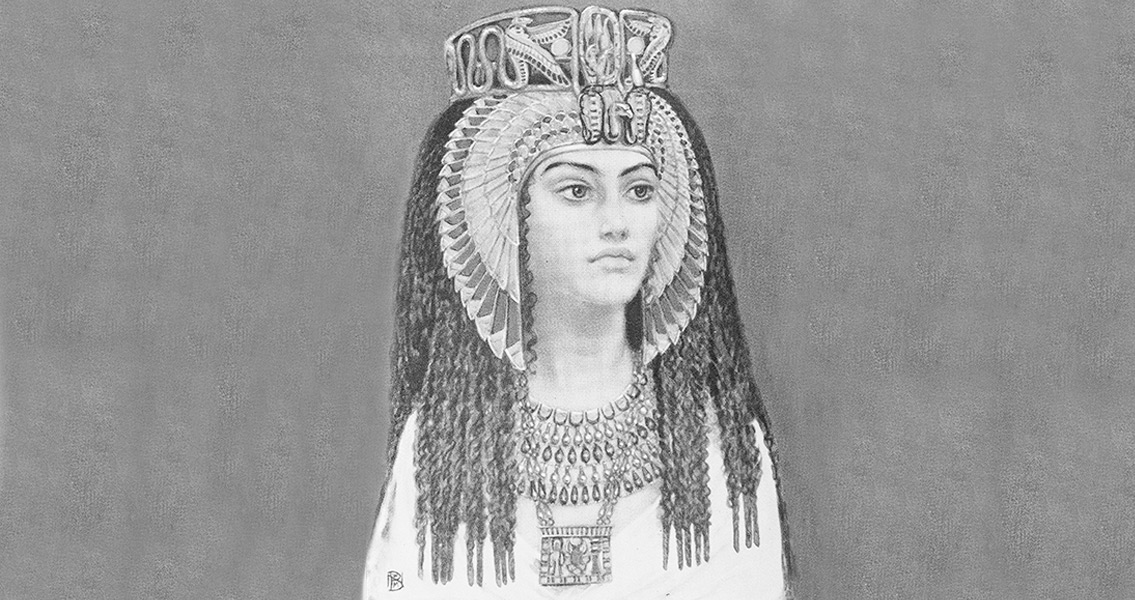<![CDATA[A team of archaeologists has unearthed the tomb of a previously unknown queen, believed to be the wife of a pharaoh. The pharaoh who she was married to ruled 4.500 years ago, according to Egyptian officials. Upon excavating the tomb, archaeologists stumbled upon a wall full of inscriptions which enabled them to identify the mystery queen. She has been identified as Khentkaus III, queen and wife of the pharaoh Neferfre, according to the News Agency France-Presse. Archaeologists were able to date the tomb back to the Fifth Dynasty, which reigned from roughly 2994 to 2345 BCE. The tomb itself was discovered by Czech archaeologists in an Old Kingdom village southwest of Cairo. It is a part of Neferfre's funeral complex. According to Egyptian Antiquities Minister Mamdouh al-Damaty,"This discovery will help us shed light on certain unknown aspects of the Fifth Dynasty, which along with the Fourth Dynasty, witnessed the construction of the first pyramids." During the excavation the Czech Institute of Egyptology discovered copper tools and 23 limestone pots. These were a part of the funerary goods which had been buried with the queen. Kamal Wahid, Giza Antiquities director stated, "The tomb is very similar to the rest of the burials in the cemetery which were unearthed by the Czech mission in the 1990s." The complex has an upper chamber known as a mastabas, which is an Egyptian tomb construction made from mud bricks and stone. There is also a shaft that goes down to the lower level of the tomb, where there is a burial chamber, as well as a small chapel which would have been used to make offerings to the Egyptian gods. Unfortunately, the mummy of Khentkaus III was not in the tomb or anywhere near it. Researchers are chalking this up to either looting during ancient times, or the body simply having been moved by priests in antiquity in order to keep it well preserved. Despite the missing body, the tomb still provides knowledge that fills in some gaps in the history of the Fifth Dynasty. "The [discoveries] in the tomb [are] of historical importance," says Dr. Jaromir Krejci, who is a team member of the Czech Institute of Egyptology, "If we can assume that the Queen was buried during the time of King Nyuserre (2445-2421 BCE) based on a seal bearing his name that was found on the tomb, then we could say that Khentkaus III is the mother of King Menkauhor, who was the successor of Nyuserre." Excavators will continue to research exactly when the tomb was constructed, as it could reveal more information about the Queen, as well as the Fifth Dynasty, which Egyptologists currently have very little information on. Image courtesy of Wikimedia commons user: Wellcome Images]]>
Ancient Egyptian Queen Discovered
